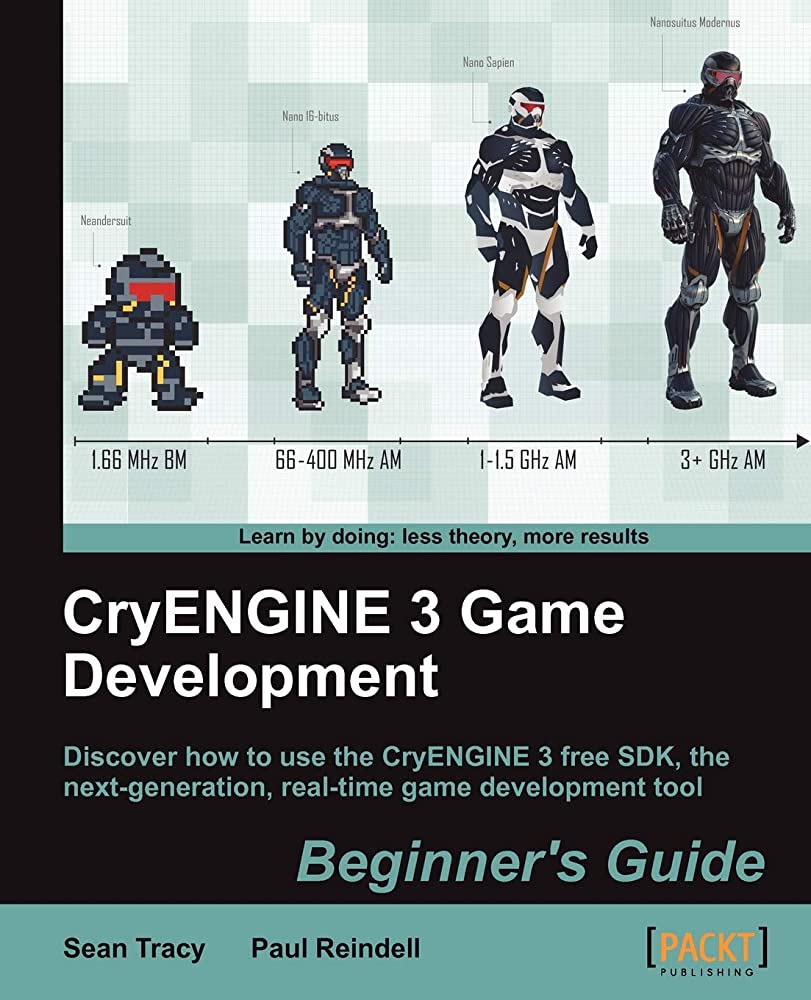Creating a video game can be a daunting task, but game engines have made the process much easier. A game engine is a software framework that provides developers with the tools necessary to create and develop video games, handling details such as rendering graphics and managing audio, physics, and more. There are several popular game engines available, such as Unreal Engine 4, Unity, CryEngine, and Godot, each with its unique features and capabilities. To create your first game, choose your game engine, determine the concept, create a prototype, implement the design, test the game, and finally, publish it on the respective platform’s store.
Harnessing the Power of Game Engines: A Beginner’s Guide to Game Development
Introduction
Game development has become one of the most lucrative industries in the world. From mobile games to AAA titles, there is an ever-growing appetite for interactive gameplay experiences. Creating games can be a daunting task for anyone who is new to the industry but with the advent of game engines, things have become easier.
Understanding Game Engines
Before diving into the details about how game engines work, it is crucial to understand what a game engine exactly is. A game engine is a software framework that provides developers with the tools necessary to create and develop video games. It takes care of the nitty-gritty details of game creation, such as rendering graphics, managing audio, physics simulation, and much more.
Popular Game Engines in the Market
There are multiple game engines available in the market today. However, some of the most popular game engines are:
- Unreal Engine 4
- Unity
- CryEngine
- Godot
Each game engine has its unique features and capabilities, some are better suited for specific types of games, while others provide an all-around solution.
Developing Your First Game
Creating games with game engines is no child’s play, but it’s also not an impossible task, especially for beginners. Follow the steps below to create your first game:
- Choose Your Game Engine: As mentioned earlier, there are several game engines to choose from, select the engine that feels best suited to your needs.
- Create a Concept: Determining the concept of your game is the foundation of its creation. Begin by designing the game’s characters, environments, story, and game mechanics.
- Prototyping: A prototype is a rough representation of your game’s concept. Create a prototype to test the game’s mechanics’ feasibility and its viability in the market.
- Implement the Game Design: Now that your prototype is complete, it’s time to bring your game to life! Implement the design and start building your game mechanics and environment.
- Test Your Game: Testing your game is crucial to find and fix any bugs or glitches. Remember, the more testing you do, the more polished your game will become.
- Publish Your Game: Congratulations on developing your first game! To get it out to the world, publish it on the respective platform’s store, such as Google Play or Apple App Store.
Conclusion
Game engines provide developers with the tools they need to create video games. With various game engines available in the market, it is possible to build games that cater to different requirements. Game development might be a challenging field, but with the right tools and techniques, it’s possible to create an engaging and successful video game.
